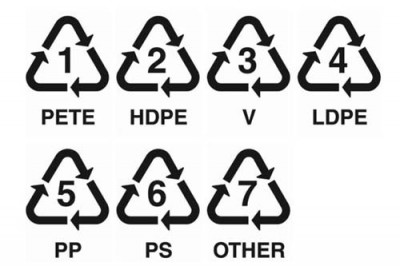Holistic Dentist Reveals BPA Exposure Found in Unlikely Places:
Posted September 27, 2011 in HomeAs discussed in my previous blog, BPA exposure to humans is at an all time high. Our constant exposure to bisphenol A is creating an unnecessary toxicity in the human population. The most unfortunate aspect of BPA exposure is that food manufacturers continue to use this plastic compound to package our foods and drinks, most of which we are unaware as it is not on the label in most cases. For this reason, I am going to list the types of foods/drinks etc. that we come into contact with that are said to be containing BPA.
- Infant Formula: especially metal containers lined with plastic and liquid formula
- Canned Food/Soups: BPA leeches from the plastic liner and goes into the food.
- Plastic Containers: Examples of a few: yogurt, milk, butter, microwave dinners, microwave bags containing food. There are too many to list; reducing your pantry of plastic lined food is ideal for decreased exposure.
- Canned Beverages: BPA plastic liners contain less measured leeching than canned food
- Plastic Baby Bottles/Nipples/Pacifiers: Contain Polycarbonate plastics which release low levels of BPA. It is best to be safe and avoid the extremely hot temperatures in the dishwasher and wash by hand for decreasing the chemical breakdown.
- Plastic Wraps/Disposable Bags/Reusable Plastic Food Containers: Are questionable however off of the SC Johnson website they deny use of BPA. http://www.saranbrands.com/faq.asp#1
- Aged Plastic Containers: More than likely contain BPA, it is best to remove them from your household.
Additionally, here is a link listing common canned children’s foods to avoid: http://www.breastcancerfund.org/big-picture-solutions/make-our-products-safe/cans-not-cancer/bpa-in-kids-canned-food.html
When it comes to reading the bottom of plastic containers here are the numbers to look for:

#2 #4 #5 are seemingly safe at this time with #2 being the safest compound
#7 AVOID
Realistically, it is virtually impossible not to come in contact with some form of plastic or BPA. The good news is that many manufactures are making BPA-free products now, however I urge you to proceed with caution. Plastics are unstable in form and are easily broken down with temperature changes.
In closing, as a Holistic Cosmetic Dentist, I have researched and found BPA-free white filling material as an option in my dental office. Our office strives to be up-to-date with the latest in research and dental technology to safeguard the total health and well being of all of our patients. If you are interested in learning more about Holistic Dentistry and/or feel that our office would be a right fit for you, please call or email to set up a consultation (951)686-3666.